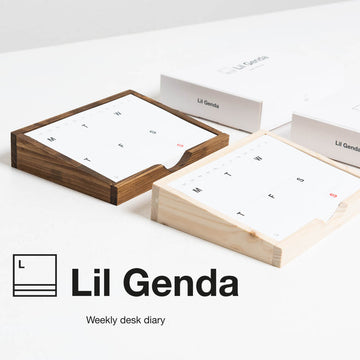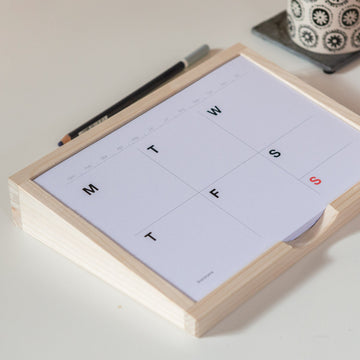
Using Lil Genda can be a great way to organize your tasks and keep track of your week's commitments. Here are some tips on how to use it:
-
Assign a day and time for planning: Set aside a set time each week to plan your week. It can be helpful to do this at the beginning of each week, perhaps on Monday morning.
-
Write down fixed commitments: Enter the fixed appointments and commitments you already have scheduled, such as work meetings, medical appointments, classes, etc. first.
-
Prioritize tasks: Use your planner to list the tasks you need to complete during the week. Prioritize them based on importance and urgency.
-
Divide tasks into days: Spread tasks across the week, assigning them to the days when you have the most time or when they are best suited. For example, more challenging activities could be scheduled on days when you have fewer distractions.
-
Include free time: Make sure you leave room for free time and relaxation. Too often, we focus only on commitments, forgetting the importance of rest.
-
Update your agenda regularly: Edit and update your agenda throughout the week. Add new tasks, delete completed ones, and make changes if necessary.
-
Use categories or color codes: If you have many businesses of different types, you may want to consider using categories or color codes to better organize information. For example, you might use a different color for work commitments, personal activities, social appointments, etc.
-
Include weekly notes and goals: Add spaces for weekly notes and goals. You can jot down ideas, reminders, or personal reflections to track your progress.
-
Always at hand: to be able to consult it easily and update when necessary.
-
Review the past week: At the end of the week, take time to review what you have completed and what could be improved in your planning for the following week.
Customize the use of the diary according to your needs and preferences, making it an effective tool for your personal organization.

